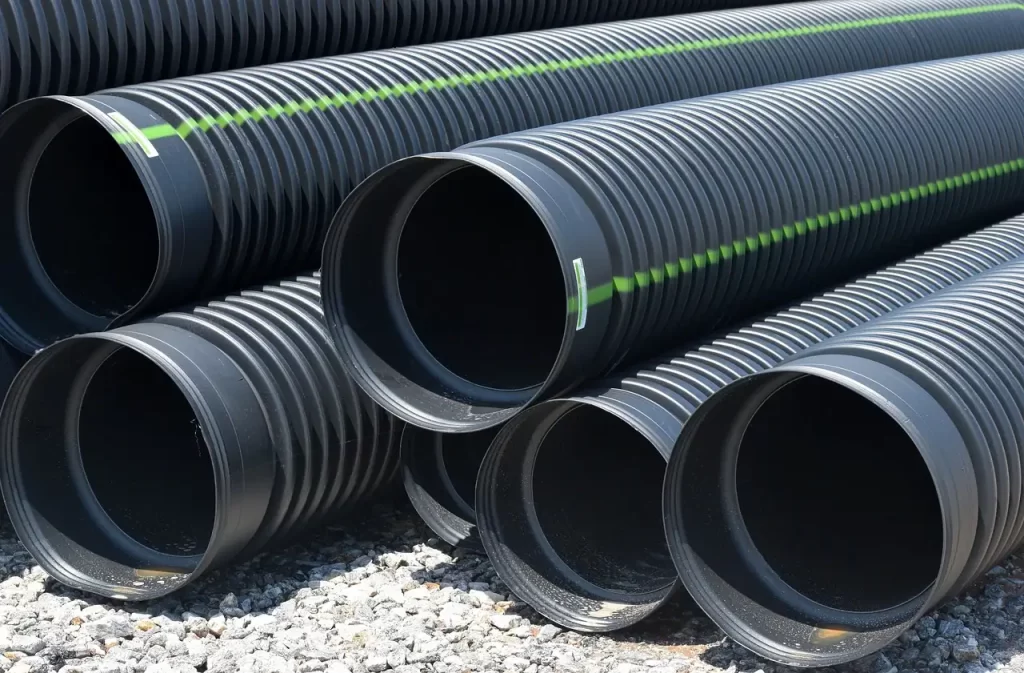As a homeowner, you rely on a steady supply of clean and safe drinking water for various daily activities, from cooking and cleaning to bathing and drinking. But have you ever wondered how water gets from the city’s main water supply to your home? In this blog post, we will explore the process of water line connection and understand how water travels from the city’s water source to your home, ensuring a reliable water supply for your everyday needs.
Understanding the Water Line Connection
The water line connection refers to the network of pipes and infrastructure that transports water from the city’s main water supply to individual homes and buildings. This system is typically designed and maintained by the city’s water department or utility company, and it involves several key components that work together to deliver water to your home.
- Main Water Supply: The main water supply is the source of water for an entire city or community. It could be a natural water source, such as a river, lake, or reservoir, or it could be a man-made water treatment plant that processes and treats water from various sources to make it safe for consumption. The water is typically treated to remove impurities, such as bacteria, viruses, sediment, and chemicals, before it is distributed to homes and buildings.
- Water Mains: Water mains are large underground pipes that carry treated water from the main water supply to different areas or neighborhoods within a city. These pipes are typically made of durable materials, such as cast iron, ductile iron, or PVC (polyvinyl chloride), to withstand the pressure and demands of carrying large volumes of water over long distances.
- Service Lines: Service lines are smaller pipes that connect the water mains to individual homes or buildings. These pipes are typically made of copper, galvanized steel, or PVC, and they are responsible for delivering water from the water mains to your home. Service lines are usually installed by the homeowner’s expense and are connected to the main water supply through a water meter, which measures the amount of water used and determines the water bill.
- Shutoff Valve: A shutoff valve is typically installed at the point where the service line enters your home. This valve allows you to control the flow of water into your home, and it is essential for emergency situations or when repairs or maintenance are needed.
- Water Meter: The water meter is typically installed near the shutoff valve and is used to measure the amount of water used by your household. The water meter is read by the city’s water department to determine your water usage and calculate your water bill accordingly.
- Internal Plumbing: Once water enters your home through the service line and passes through the shutoff valve and water meter, it is distributed to various fixtures and appliances within your home through the internal plumbing system. This includes pipes, fittings, faucets, and fixtures that are responsible for delivering water to your kitchen, bathroom, laundry room, and other areas of your home where water is needed.
The water line connection from the city to your home is a complex system of pipes and infrastructure that ensures a reliable supply of clean and safe drinking water. Understanding how this system works, from the main water supply to the water mains, service lines, shutoff valve, water meter, and internal plumbing, can help you appreciate the importance of water conservation, proper usage, and maintenance of your home’s plumbing system. If you encounter any issues with your water line connection or have questions about your home’s plumbing system, it is recommended to consult with a licensed plumber for professional guidance and assistance to ensure a reliable and efficient water supply for your home.


